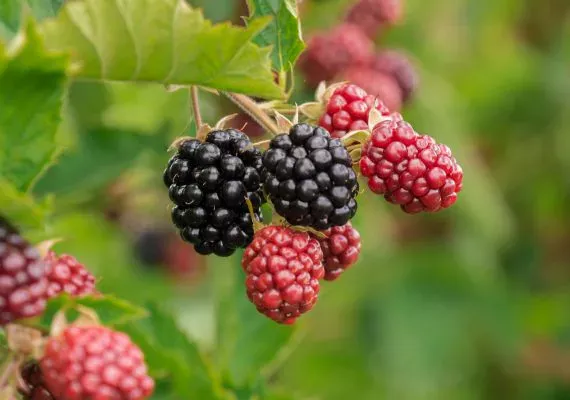
WHAT TO KNOW ABOUT BERRY PLANTS?
The group of berry plants includes strawberry (Fragaria × ananassa Duchesne),raspberry (Rubus idaeus L.),currants (Ribes L.),gooseberry (Ribes uvacrispa L.), chokeberry (Aronia arbutifolia L.), black crowberry (Empetrum nigrum L.), blueberry (Vaccinium L.),including American blueberry (Vaccinium corymbosum L.)strawberry tree (Arbutus unedo L.),honeyberry (Lonicera caerulea L.),wild strawberry (Fragaria L.)grapevine (Vitis L.),cranberry (Oxycoccus Hill.).These are mainly fruit shrubs, except strawberry and wild strawberry (Pieniążek, 1988).
Berry plants require fertile and slightly acidic soils, i.e., with a pH of 5.5–6.5, for proper growth and high yields. An exception is blueberry and cranberry, which should be grown on soils with a pH of 3.5–4.0 (Fig. 1). Over 63% of berry plant crops are located in four voivodeships – Lublin (46407 ha), Masovian (29275 ha), Łódź (9602 ha), and Świętokrzyskie (7512 ha) (Statistical Yearbook of Agriculture, 2018). In these areas, the share of very acidic and acidic soils ranges from 36 to 55%. The highest amount of acidic soils is found in the Łódź Voivodeship – 55%, and the lowest in the Świętokrzyskie Voivodeship – 36% (Fig. 2).
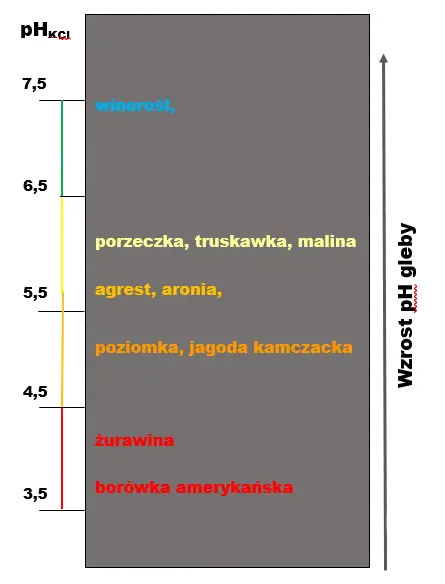
Fig. 1 Optimal soil pH for the growth of berry plants
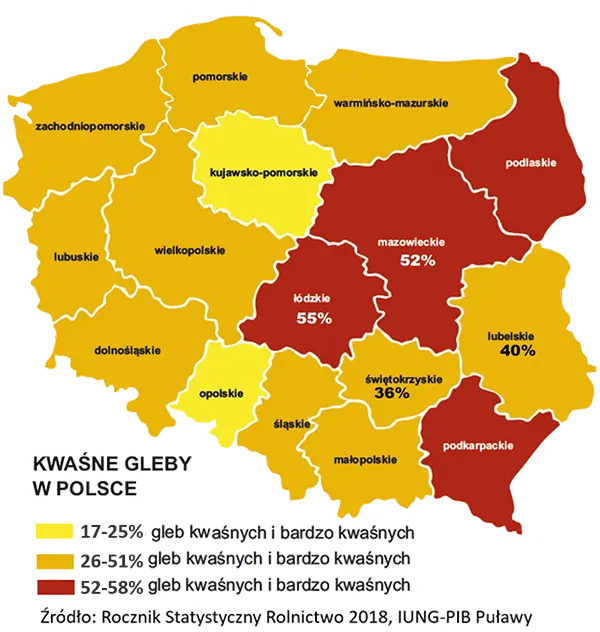
Fig. 2 Percentage share of very acidic and acidic soils in Poland
HOW DOES SOIL ACIDITY AFFECT THE QUALITY OF BERRY CROPS?
The progressive acidification of Polish soils is a natural process related to the geographical location. Natural and human-related processes cause annual losses of calcium in the soil of at least 140 kg CaO·ha-1, under intensive cultivation and fertilization (especially nitrogen), and in heavily polluted areas, even above 250 kg CaO·ha-1. To neutralize the acidifying effect of 1 kg N, at least 1.0–1.5 kg CaO is needed. Available statistical data indicate that on average in Poland, 0.67 kg of lime is used per 1 kg of nitrogen, thus increasing soil acidification, especially in intensively used soils, including those for berry cultivation (Statistical Yearbook of Agriculture, 2018). In acidic soils with a pH of 5.0 and lower, aluminum mobility increases, which inhibits root growth and acts phytotoxically on hair roots, causing them to die (Fig. 3).
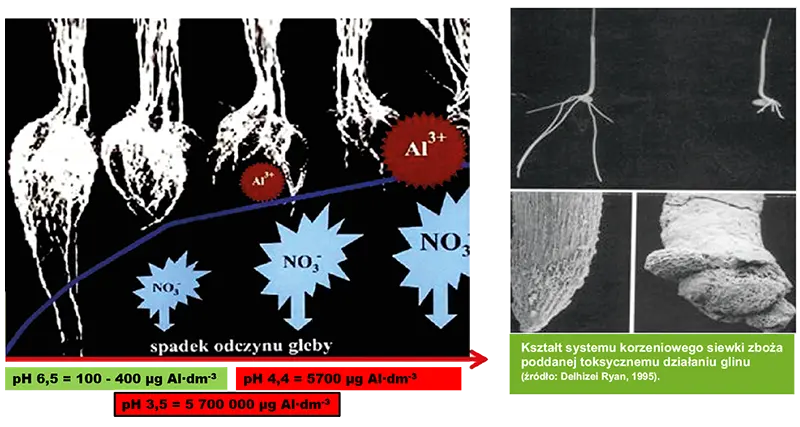
Fig. 3 Influence of aluminum ions on the development of the root system of plants (Delhize & Ryan, 1995)
Therefore, the transport of water and mineral salts from the soil solution to the aboveground parts of berry plants is limited, ultimately leading to a decrease in berry yield. Additionally, roots are more susceptible to infection, especially by pathogens. A high concentration of aluminum in the soil solution inhibits the uptake and transport of calcium and magnesium. Calcium, as a component of cell walls, plays an important role in cell stabilization, providing tissue firmness.
Damage to cell walls caused by calcium deficiency results from the action of pectinase, which penetrates cell membranes, reacts with pectin, and destroys the middle lamella separating individual cells. As a result, tissue autolysis occurs. Their breakdown in the maceration process causes berries to spoil (Wójcik, 1998). Individual species of berry plants differ in soil pH requirements (Fig. 1). Therefore, before establishing a berry plantation, a chemical analysis of the soil should be carried out in an accredited analytical laboratory. The obtained results will allow for the selection of optimal doses of mineral fertilizers and lime for the cultivated species of berry plants. Proper liming of the soil before establishing a plantation is particularly important. In this case, Kujawit lime is used in a dose recommended by accredited laboratories, such as the Regional Chemical-Agricultural Stations (OSCHR).

Table 1 Maximum doses of lime fertilizers applied once in berry plantations (Sadowski et al., 1990)
LIMING OF BERRY PLANTS – PREPARATIONS
Lime applied in the autumn should be thoroughly mixed with the arable layer of soil. This procedure is particularly important because for several years after establishing a perennial berry plantation, no plowing is performed, which on arable soils brings back to the surface the nutrients washed down to lower layers by water. The applied dose of Kujawit lime should raise the soil pH to the upper optimal level for a given species of berry plant.
For most plants belonging to this group, a slightly acidic or even neutral pH is required. An exception is blueberry and cranberry, which require acidic soils with a pHKCl of 3.5–4.0 (Fig. 1). In subsequent years of berry plant cultivation, in case of excessive soil acidification, post-emergence fertilization is applied in the herbicide strip. After fruit harvesting, granular carbonate lime Polcalc III Generation or, in case of low magnesium content in the soil, granular magnesium carbonate lime SuperMag should be applied SuperMag.
The quantities of applied granular lime fertilizers produced by Polcalc Lime Fertilizers Ltd. depend on: soil type, amount of atmospheric precipitation and supplied water in drip irrigation, soil pH in berry plant cultivation, applied doses of nitrogen fertilizers, and harvested fruit yield. Approximate annual doses of granular carbonate lime Polcalc III Generation and granular magnesium carbonate lime SuperMag should be around 600–1000 kg·ha-1. These fertilizers can be applied from spring to late autumn. They should not be used directly before and after the application of mineral fertilizers containing phosphorus and nitrogen in the ammonium or amid form, as well as organic fertilizers: manure, slurry, and compost. The recommended interval between these treatments is at least 3–4 weeks.
Liming raises the soil pH (which increases the uptake efficiency of macronutrients taken up by plants) and increases the biological activity of the soil, stimulating the development of crop roots. This, in turn, leads to increased yields. However, it has been shown that this treatment reduces the availability of some micronutrients (Fig. 4, Fig. 5).
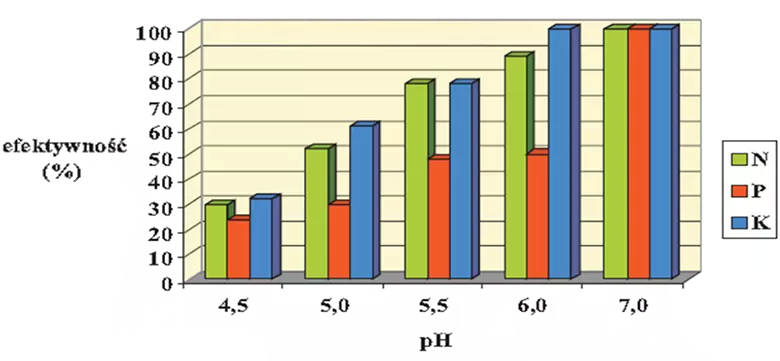
Fig. 4 Effect of soil pH on the efficiency of macronutrient uptake by plants (Hałubowicz-Kliza, 2006)
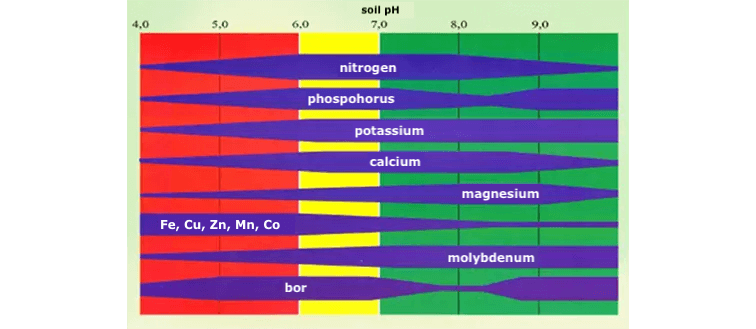
Fig. 5 Effect of soil pH on the availability of elements for plants (Kopcewicz et al., 2007)
Granular lime fertilizers supplied by Polcalc Lime Fertilizers Ltd. are produced from pulverized lime meal Polcalc III Generation or dolomite SuperMag, with 50% of particles having a diameter smaller than 0.02 mm. The degree of pulverization of the meal affects its chemical activity and solubility rate in the soil environment. The more dusty fractions the fertilizer contains, the larger its reaction surface with soil solutions. The meals undergo granulation, and the obtained granules Polcalc III Generation and SuperMag have sizes of 2–8 mm.
For fertilizers produced by Polcalc Lime Fertilizers Ltd. farmers can obtain subsidies from the Voivodship Fund for Environmental Protection and Water Management under the program entitled "National Program for environmental soil regeneration through liming."
Information about distributors of granular lime fertilizers Polcalc III Generation and SuperMag produced by Polcalc Lime Fertilizers Ltd. can be obtained by phone – 880-880-801.
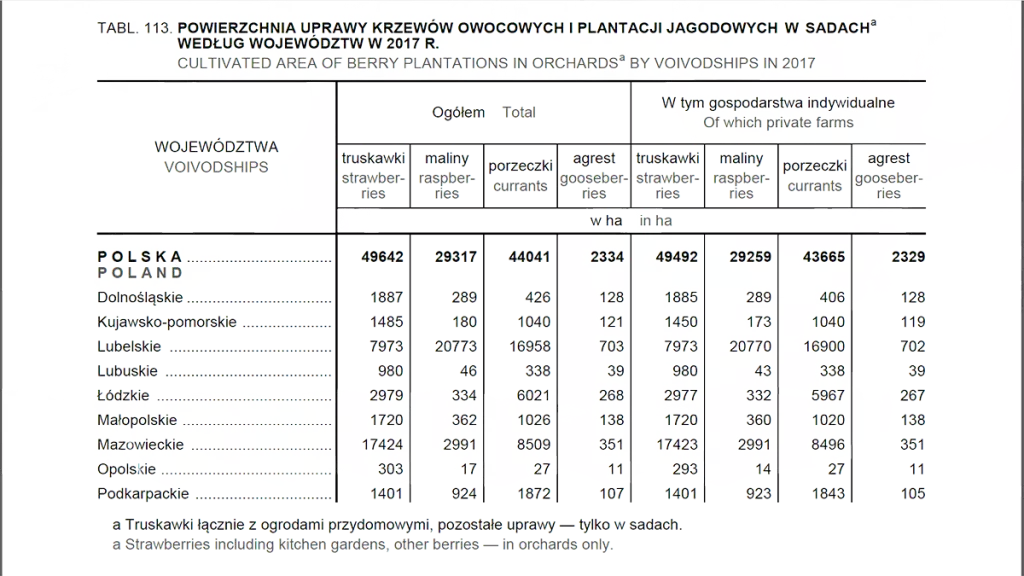
Statistical data from the Central Statistical Office are available for download: https://stat.gov.pl/download/gfx/portalinformacyjny/pl/defaultaktualnosci/5515/6/12/1/rocznik_statystyczny_rolnictwa_2018.pdf
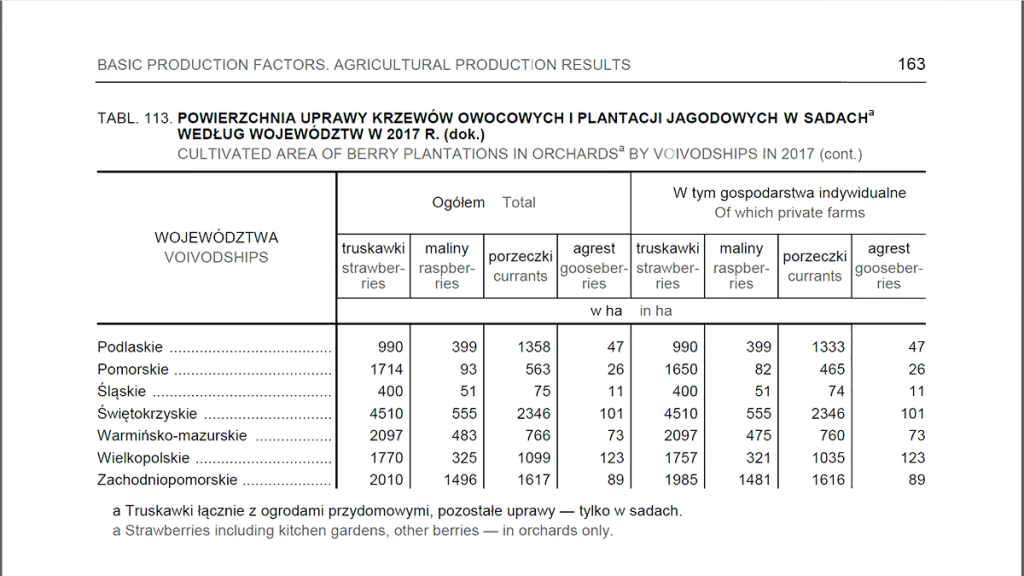
Statistical data from the Central Statistical Office are available for download: https://stat.gov.pl/download/gfx/portalinformacyjny/pl/defaultaktualnosci/5515/6/12/1/rocznik_statystyczny_rolnictwa_2018.pdf






